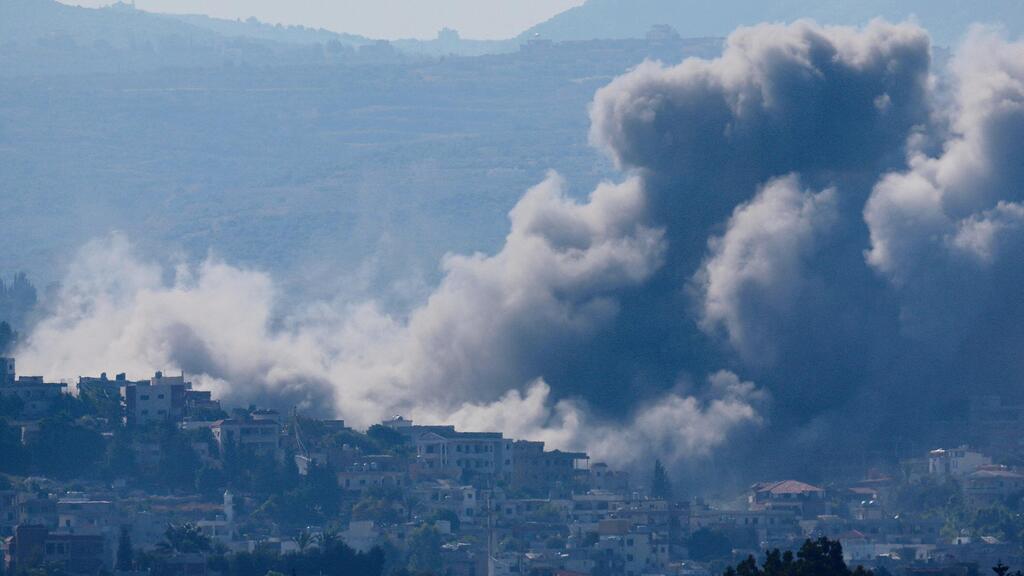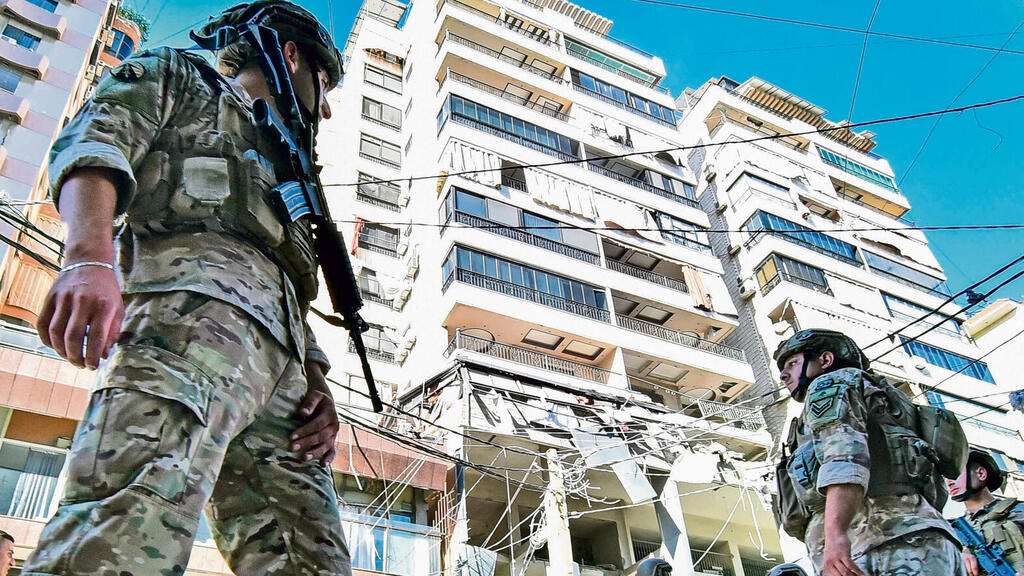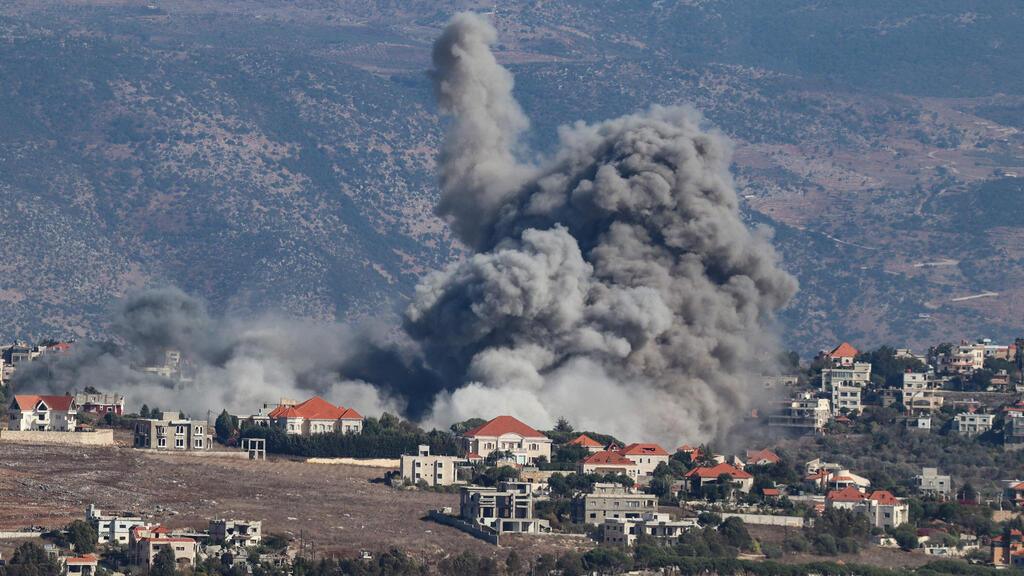Getting your Trinity Audio player ready...
Amid Operation Northern Arrows against Hezbollah announced by IDF Chief of Staff LTG Herzi Halevi last week, military indications point out the Iran-back terror group is maximizing its efforts in receiving new munitions and military equipment from Tehran via smuggling routes in Syria, Iraq and Iran — which the IDF is now adamant in disrupting.
More than 200 Hezbollah targets were attacked on Thursday out of approximately 3,000 since Israel’s large-scale operation began. Four border crossings in Lebanon were attacked by Israeli Air Force fighter jets as well, with plans to escalate strikes in the coming days to disrupt Hezbollah's smuggling routes.
A mid-operation assessment by the IDF indicated that the operation’s initial strikes, which severely impacted dozens of Hezbollah commanders — including top officials who were eliminated — are the primary reason the Shiite terror army has struggled to implement its contingency plans.
These included the daily firing of thousands of rockets, precision missiles and drones against Israel in general and Tel Aviv in particular in large-scale barrages.
Hezbollah’s initial shock over the elimination of its key leaders, including its air unit commander, has hindered its ability to reassess and formulate additional actions. The IDF, however, said it has yet to fully unleash its force. "It will be clear that we are applying our full strength once buildings in Beirut start collapsing or the IDF Northern Command forces initiate a ground operation. We're not there yet."
The IDF believes that the past week demonstrates Hezbollah has lost its operational balance, though it still retains significant capabilities for major attacks deep within Israel. As a result, prolonged strikes are necessary which will possibly last several more weeks. At this stage, the IDF isn’t attacking dual-use infrastructure in Lebanon, such as bridges that Hezbollah could also use, reserving these elements for an all-out war.
One of Israel's primary objectives in this operation is to sever the connection between Lebanon and Gaza. Hezbollah leader Hassan Nasrallah committed — and followed through on his promise — to fire at Israel as long as fighting continues in the Gaza Strip.
The Ground operation in Gaza has been dramatically reduced to a minimal force maintaining the Netzarim and Philadelphi corridors in the past month, with only a few hundred soldiers involved and without the widespread ground raids that were initially planned for the war’s “Phase C”.
Meanwhile, the Israeli Air Force sees both fronts as joined. The pilots who attacked hundreds of additional targets in Lebanon on Thursday also participated in airstrikes against Hamas's recovering positions in Gaza, as part of support for divisions defending the Gaza border.
According to IDF estimates, Hezbollah is still equipped with thousands of short-range rockets as well as thousands of drones and precision missiles. However, the elimination of senior figures in recent days has disrupted its ability to use them.
The IDF is aware Hezbollah hasn’t yet deployed its heavy arsenal, much of which has been targeted: precision missiles, and not only surface-to-surface missiles but also advanced Russian-made Yakhont cruise missiles which the IDF believes the terror group still holds from its part in suppressing the Syrian civil war.
The Yakhont missile can hit any target along Israel's coast within a range of about 300 km (186 miles), potentially crippling the Haifa and Ashdod ports and endangering Israel's gas rigs. However, the IDF believes Hezbollah would need to assemble the missile’s components from various hideouts In order to deploy it, a process the IDF has detected and disrupted.
Another key target being gradually worn down is Hezbollah's Radwan Force, the terror group’s elite unit comprising thousands of highly trained soldiers organized into battalions. Israel has made significant efforts to distance the unit's operatives from southern Lebanon.
The Radwan Force’s command chain has been hit or eliminated by the Israeli Air Force in recent days, which the IDF believes has disrupted Hezbollah's plans to invade the Galilee which took over two decades to develop and designed to mirror Hamas’s invasion on October 7.






